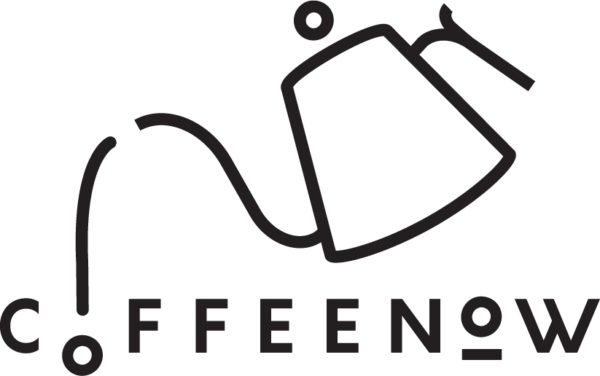Let's Share Now!
Three Things To Get You Started With Brewing At Home
Making delicious coffee at home is easy.
The world has changed a lot during the past few months—many of our favorite restaurants have shuttered either temporarily or permanently, and many of the cafés that we used to frequent have moved their resources online.
This unique predicament has in turn created a new and exciting community of homebrewers: suddenly, coffee aficionados who can no longer get their caffeine fix from their local baristas have started recreating their favorite coffee concoctions at home.
Granted, not everyone can emulate the massive scale of Starbucks or get the same skill level of an average Yardstick barista overnight, but you can get an equally pleasant coffee experience at home without having to buy an expensive espresso machine or a gigantic coffee roaster.
(Though, if you really wanted to, no one is stopping you.)
It’s going to take some work, but I assure you, the experience is well worth the effort.
A Decent Manual Coffee Brewer
The charm of a manual coffee brewer is that it isn’t powered by electricity. This makes it portable and easy to store. The lack of any fiddly electrical bits also makes it easy to learn. With most manual brewers, it’s just a matter of putting some sort of filter against it and the coffee, pouring your hot water, and there, you’ve just made coffee.
If you’re looking for a simple manual brewer, you can’t go wrong with a Hario V60 or a Kalita 101, or Kalita Wave. They’re easy to use, widely available, and incredibly cheap.
If you’re looking for coffee with a little more body, you might want to get an AeroPress or a Delter Press. Both produce coffee with a fuller body and a stronger taste, and it can emulate that espresso taste if you dose it enough.
Lastly, if you’re looking for something more classic, Moka pots and French presses are also widely available but may be more expensive, depending on where and who you get them from.
A Good Grinder
Theoretically, you can make a decent cup of coffee using the pre-ground stuff you buy at grocery stores. However, buying fresh beans and grinding them yourself is always the best option, simply because of oxidation.
You see, when coffee beans are exposed to air, that air pulls out a lot of the chemical compounds we associate as the taste and smell of coffee. If coffee is ground AND exposed to air, even more of those compounds are lost, because there’s more surface area for the compounds to dissipate from. Put simply, if you want those coffee flavors to translate into your
cup, you want to expose your coffee beans to as little air as possible, which is where grinders come in.
Grinders simply turn coffee beans into coffee grounds to be used in making coffee and come in all shapes and sizes and price points. But so far, the best kinds of grinders are the ones that use burrs instead of blades. These create more uniform particles so that water passes through the grounds evenly, preventing over- or under-extraction.
My favorite is the Hario Mill manual grinder, but there are so many more options to choose from—like the Porlex, the Comandante, the Timemore, and many others.
Sure, a manual grinder requires more work, but many high-quality electric burr grinders are very expensive, and just aren’t that practical for brewers just starting out.
An Accurate Scale
The last thing you’ll need to make a good cup of coffee at home is an accurate scale.
This is a must-have if you want to create consistently delicious cups at home, simply because you’re reducing the variables with which you brew, and allow you to make those minute changes that can transform your coffee from good to great.
Simply put, scales force you to be disciplined with how you brew your coffee, and that’s a good thing, because eventually, you’ll be skilled enough to tease out the flavors that you want out of a cup.
You can use the digital scale you’re already using to portion food. But if you don’t have one of those, there are dedicated coffee scales with built-in timers that measure even very small changes in weight, helping you stay accurate and precise.
There are other things that are worth purchasing if you’re very serious about brewing at home, like a variable temperature gooseneck kettle, specialty mugs and glasses, airtight containers, special carafes, and even more manual brewers. But if you’re looking for a basic, barebones setup that can get your day full of #WFHGoodness started, this is it. Learn the skills first, get familiar with the flow (pun intended), and work your way to better equipment.
Life is, after all, all about continuous improvement.
